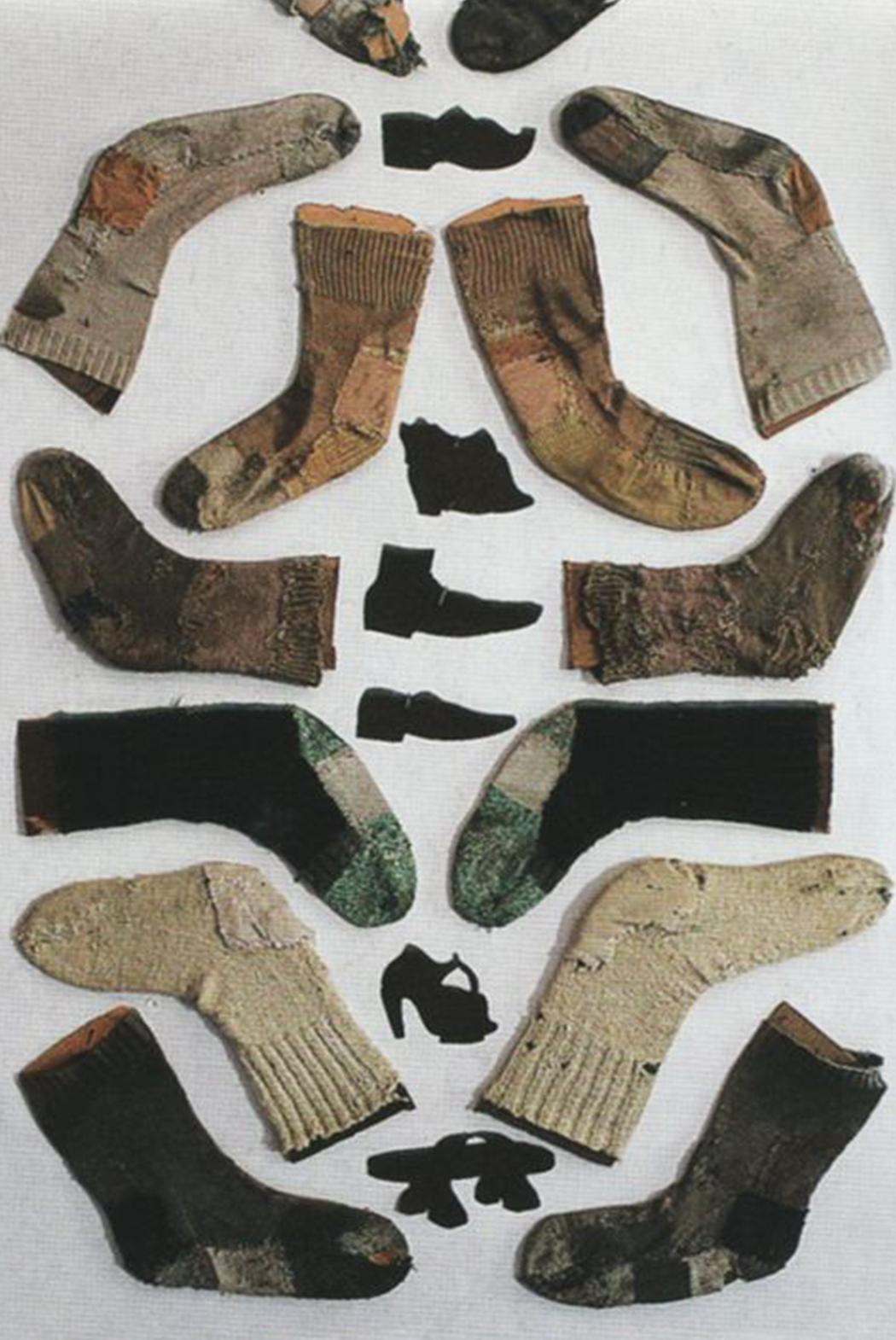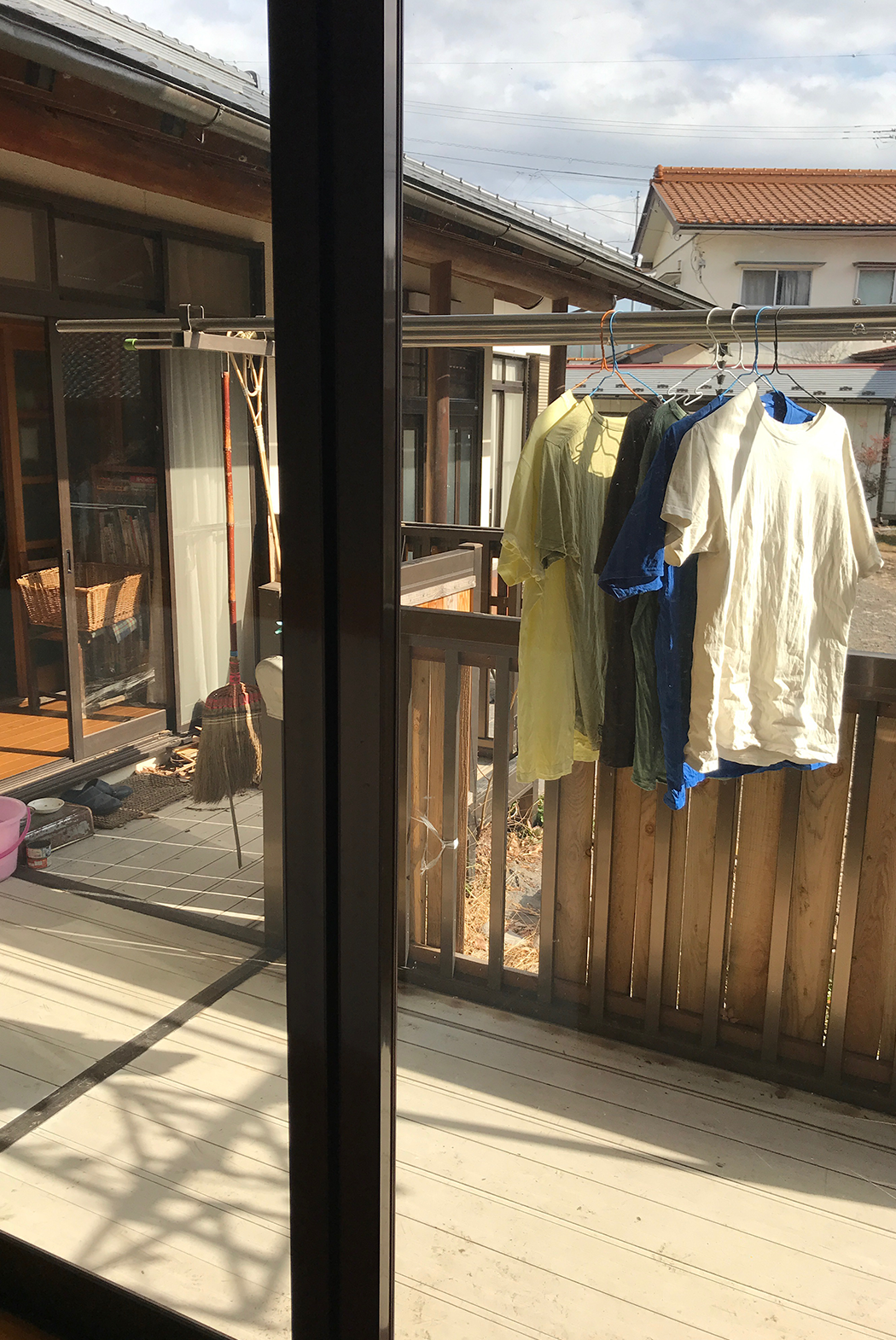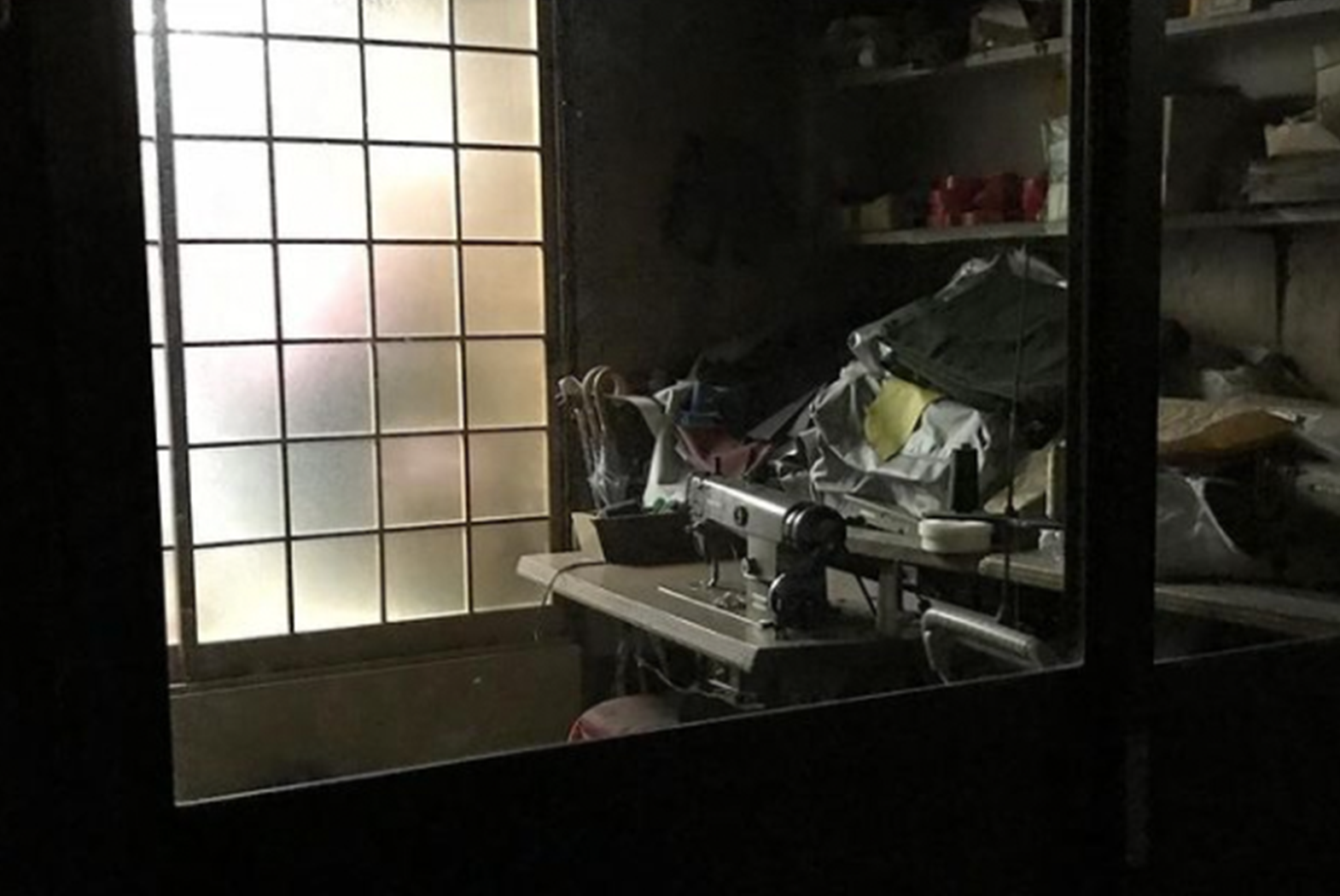CARE FOR OUR EARTH: WASH LESS, WASH COLD, LINE DRY, REPAIR, DONATE OR RECYCLE
Care Instructions for custom orders & DOZZELL products.
I create garments with natural high quality and long-lasting materials. The garments are
either
naturally dyed or are made from handwoven and antique fabrics, colour variations and flaws
are
proof of authenticity and should not be seen as a defect.
Love your garment the way it is and the way it will evolve with you over time.
Each type of product requires special care. By following these instructions you ensure that
your
DOZZELL or custom garment will last for a long time.
Plant Dyed and Natural Cotton and Linen Garments
Turn inside-out, hand wash or machine wash at or below 30°C with like colors with eco detergent.
Gentle spin. Do not wring. Dry on a hanger in the shade. Colors may fade if left in the sun.
Iron while it is still slightly wet at medium temperature or use a steamer. Do not spot clean.
Store in a dark place.
Naturally dyed items vary from batch to batch, pieces can have blooms and uneven tones –– this
is part of the process and what makes them unique. Like with other textiles, prolonged exposure
to sunlight and general use will gently fade the colour. Naturally dyed textiles should be hand
washed cold using a eco/PH friendly soap. Please air dry them out of the sun. If looked after,
your naturally dyed goods will last for years to come.

Repair, donate, recycle.
Think twice before throwing out your old clothes. Most of them consist of synthetic,
non-biodegradable fiber and will just pile up in the landfill. There are other options:
Try to repair them. Sometimes with a bit of creativity, you can repair or even redesign
a torn garment. Donate your clothes to your friends, family, or to charity. Sell them.
Put them in the textile recycling bin. Textiles can be recycled to make new clothing.

Buy less, buy slow.
We’ve been told what to wear for so long by fast fashion trends, many of us have
forgotten what our own personal style looks like. Many sustainable brands focus on
creating timeless pieces of high quality fabrics and durability as well as being kind to
the environment. Curate your own personal uniform or style, invest in pieces that you
truly love by shopping from a brand with the Earth in mind or hire a tailor/seamstress.
In choosing sustainable brands that provide quality, you can reduce your waste as well
as the amount of clothing that you buy (also saving you money).

What to look for when buying environmentally-friendly clothing?
The clothes we wear, are not wearing well on planet Earth.
The fast fashion industry leaves behind a huge environmental footprint. From the landfill impact, and power and water consumption, to the pesticides and insecticide used in growing cotton and the chemicals that are making their way into the water supply and affecting the health of those in the supply chain, it’s safe to say fast fashion is a real problem for the environment. In choosing sustainable fashion you can say no to supporting the negative environmental impact that the fashion industry is causing, and in-turn reduce your own environmental foot print. Fast fashion has kept the cost of clothing down at the cost of low pay and conditions in developing countries. By switching to ethically made brands you are ensuring that the clothing you choose to spend your money on hasn’t taken advantage of workers or used child labour.
Look at the labels on the garments you are considering buying. Not all fabric is created equal. Avoid synthetic fabrics like polyester and nylon, which are basically oil in the form of clothing. Each is made from petroleum, coal, air, and water, and is incredibly energy-intensive to produce. Additionally, these fabrics break down into microfibers and end up in our oceans and rivers and eventually our food chain. Another fabric to avoid is conventionally grown cotton, which requires huge inputs of pesticides (another petroleum product) and requires enormous quantities of water. According to UNEP, it takes 2,000 gallons of water to produce a typical pair of jeans.
Look for natural fibers such as organically produced hemp and linen, which grow with very little water and no petrochemical inputs. Bamboo-based fabrics likewise use little water, but tend to utilize chemicals in their production; bamboo linen is the most eco-friendly. Also, try to avoid mix blended materials. Today, material blends are not recycled, due to the amount of research and energy required to separate the different fibres from each other. The more a material is homogenous, the more chances it has to be returned to the cycle.
Some of the most exciting breakthroughs in sustainability are in the production of extremely eco-friendly synthetic fabrics. Tencel, for example, is a light, breathable fabric that is made from dissolved wood pulp and rivals cotton for softness. Piñatex is made from pineapple leaf fibers and is used as a vegan replacement for leather.